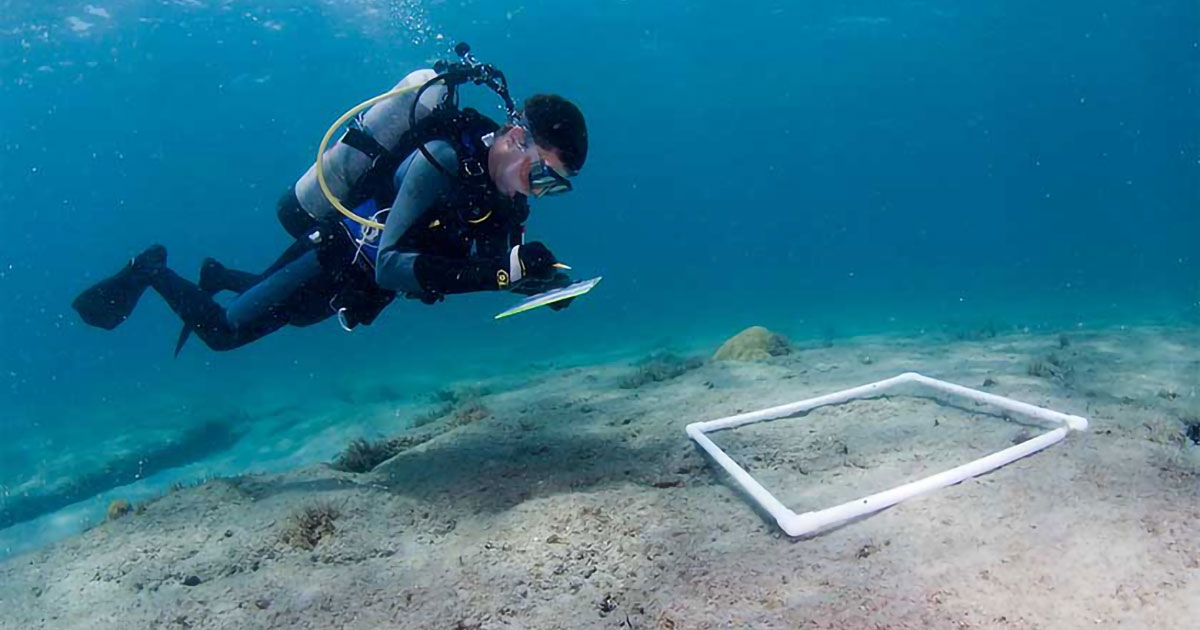
CSA Science: Making an Impact
The frontiers of science are expanding at an ever-quickening pace, with breakthroughs in genomics, artificial intelligence, and communications appearing on the world stage daily. While breakthrough discoveries are essential to improving human ecology, real-world applications of that information are needed to produce tangible results. By fusing emerging information in biology, ecology, hydrodynamics, remote sensing, and computer science, CSA provides clients with new opportunities for resource management. Below are three CSA projects that are making an impact:
New Sponge Reattachment Technique
Recently, CSA Ocean Sciences Inc. (CSA) staff developed a novel approach to sponge reattachment. Large sponges, such as the barrel sponge (Xestospongia muta) and loggerhead sponge (Spheciospongia vesparium), are primary biological and structural components of reef habitats along the South Florida coast.
Reattachment provides another means for mitigating impacts from anthropogenic activities. The technique can secure a decapitated portion (head) of a sponge to its original base. One sponge that underwent the process was determined to be healthy two years following reattachment, contributing a full ecological function to the reef community.
Post-Hurricane Assessment
In March 2018, CSA was engaged to support assessment efforts along the damaged west coast of the island of Barbuda in the eastern Caribbean, which was devastated by Hurricane Irma in 2017.
Aerial imagery collected using CSA’s Unmanned Aerial Vehicles (UAVs) was pivotal in assessing current coastal and ground conditions in Barbuda. This included the extent and status of sensitive terrestrial and wetland resources such as forested mangrove communities. Use of UAVs and image processing software is particularly useful in areas that are difficult to access for safety or logistical reasons.
Seagrass Mitigation in North Carolina
Ahead of the Bonner Bridge construction project, the State of North Carolina Department of Transportation contracted CSA to conduct seagrass mitigation in anticipation of unavoidable impacts. The Bonner Bridge at Oregon Inlet on the North Carolina northern outer banks is a lifeline for tourism and is a tropical storm evacuation route for the region. The least impact associated with the new bridge alignment still requires recovery of at least 1.28 acres of highly productive eelgrass (Zostera marina) and shoal grass (Halodule wrightii).
CSA is conducting experimental mitigation of seagrass by creating a living shoreline reef, which is expected to reduce wave energy in an environment containing patchy seagrass beds.
CSA’s programmatic approach provides objective information while balancing the environmental, legal, and political sensitivities required for many projects. Our 48-year corporate track record has resulted in a reputation of solid and reliable technical performance, unbiased analyses, and scientific quality.
To learn more about how you can make an impact as a Marine Scientist at CSA, visit career opportunities here.
Corporate Headquarters
8502 SW Kansas Ave.
Stuart, FL 34997

